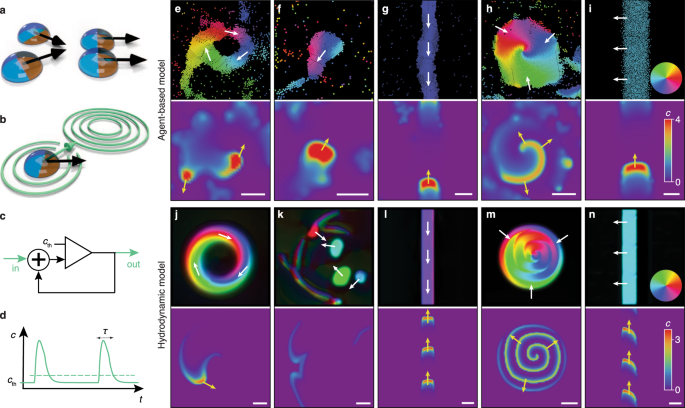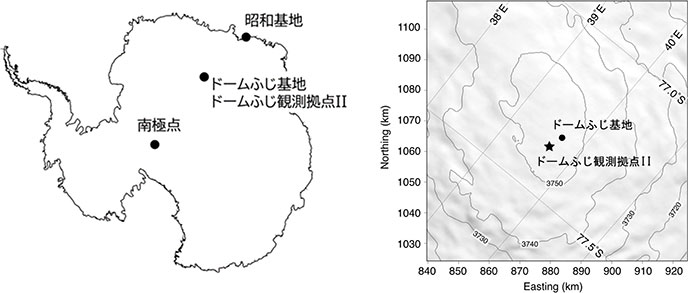2022-12-12 ペンシルベニア州立大学(PennState)
ペンシルベニア州立大学の研究者は、「基本的に、これらの小さなナノボットは自己組織化され、自己認識するようになります」と、クライトンの小説に触発されて、相互作用する自走するエージェント間の集団運動の出現を研究することにしました。この研究は、最近『Nature Communications』誌に掲載された。
自然界に目を向けると、多くの生物がコミュニケーションやチームワークに依存していることがわかります。
ペンシルベニア州立大学とルートヴィヒ・マクシミリアン大学の研究者が考案したコンピューターモデルは、自走する小さなエージェントによるコミュニケーションが、知的な集団行動につながると予測していた。今回の研究では、コミュニケーションによって個々のユニットの能力が飛躍的に向上し、生命システムのような複雑な機能状態を形成することが実証された。
研究チームは、化学信号によるコミュニケーションによって複雑な構造を形成できる単細胞生物である社会性アメーバの行動を模倣するモデルを構築した。
<関連情報>
- https://www.psu.edu/news/research/story/model-shows-how-intelligent-behavior-can-emerge-non-living-agents/
- https://www.nature.com/articles/s41467-022-34484-2
通信するアクティブマターにおけるマルチスケール組織化 Multi-scale organization in communicating active matter
Alexander Ziepke,Ivan Maryshev,Igor S. Aranson & Erwin Frey
Nature Communications Published:07 November 2022
DOI:https://doi.org/10.1038/s41467-022-34484-2

Abstract
The emergence of collective motion among interacting, self-propelled agents is a central paradigm in non-equilibrium physics. Examples of such active matter range from swimming bacteria and cytoskeletal motility assays to synthetic self-propelled colloids and swarming microrobots. Remarkably, the aggregation capabilities of many of these systems rely on a theme as fundamental as it is ubiquitous in nature: communication. Despite its eminent importance, the role of communication in the collective organization of active systems is not yet fully understood. Here we report on the multi-scale self-organization of interacting self-propelled agents that locally process information transmitted by chemical signals. We show that this communication capacity dramatically expands their ability to form complex structures, allowing them to self-organize through a series of collective dynamical states at multiple hierarchical levels. Our findings provide insights into the role of self-sustained signal processing for self-organization in biological systems and open routes to applications using chemically driven colloids or microrobots.



